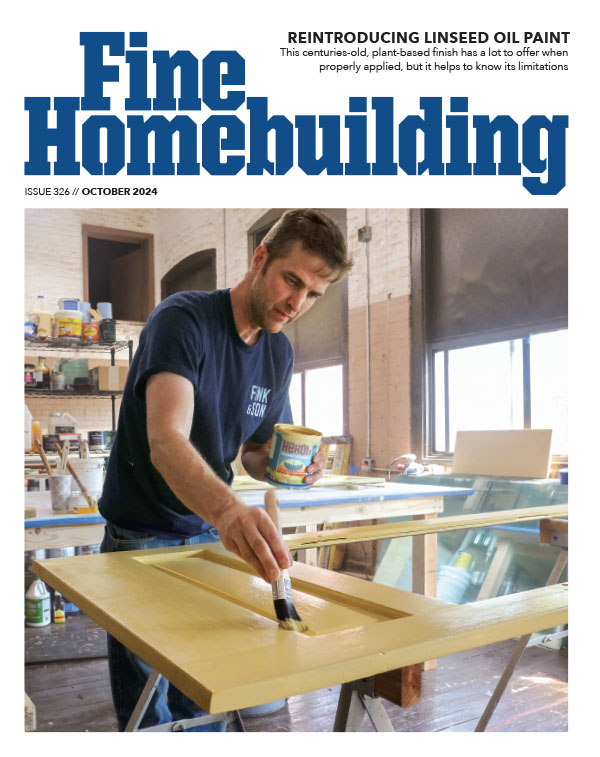Anyone familiar with old plaster buildings….
Just short of taking the Hilti to it, I’m trying to determine what is the wall construction of my wall. I can hear the adjacent resident next door when I am in the room adjacent to i. I’m in a old bldg in Chelsea, NYC. The primary wall is 5/8 sheetrock on what appears to be plaster of some sorts underneath. The plaster seems to be around 3/4 to 7/8 thick. However, when I took a sheetrock saw to it, cutting a 4 inch square, there did not appear to be lathe holding it. However, after cutting the full square, the plaster would not budge. It’s as if it has a *concrete slug* if I’m coining the term right, behind it. I am trying to locate studs behind this plaster wall and I suspect there is none ? Behind the plaster, there appears to be only 1.5 inch at most of free space. My next plan to to knock out the 4″ squre I cutout and confirm if there is cinder block behind this ? I’ve asked our landlord and super and both are unsure what is holding this plaster wall up.


















Replies
Mobile,
I've seen brick
Mobile,
I've seen brick partition walls in older buildings in NYC. They often have metal channels 24" o.c. that the rock is attached to then skim coated.
D
Thanks. I initially worked off the premise that the sheetrock was screwed onto the studs. Located them which were not really following any 12-16 OC mark, and I drilled pilot holes -- no studs behind where the screws of where the sheetrock screws were.
I did do a test pilot hole at 24 and 48 just for the hell of it and no studs...
GRRR. Hopefully, there is some sort of brick or cinder block behind this plaster. Something has got to be holding up this plaster.
I don't want to do a long drill bit to see if brick dust will come out on the bit...only to find out I punched through to the other side (adjacent room).
It is quite possibly a gypsym block wall I have worked on a number of them before in Chelsea.
hmm....now you guys got me thinking...
Maybe the plaster is possibly the block itself. This the reason why behind the sheetrock, the overall thickness is closer to 1". And the 1 to 1.5 inch free space is just the hollow wall on these clay blocks. The ~plaster~ feels relatively hard...
Basically trying to find 2 studs to mount 4 wing/wall anchors to hang our 52" screen - weighs around 66lbs.
For all of ya'll familiar with these ~clay blocks~, are these hard enough to not even use wall anchors. There is NO ROOM for the anchor to even expand.
I found these which may be short enough to ~drop~ in the wal - uses 1/4 bolt
http://www.cobraanchors.com/product_detail.php?id=107&cat=1
Back in those days (I'm
Back in those days (I'm assuming pre-WWII), they would build the walls out of "hollow clay tile" a type of hollow clay brick unit with a moderately rough textured face so plaster would have good tooth.
Made for some pretty sound proof and fireproof walls.
You should be able to get tapcons into terra cotta tile
Did a fair amount of work in a pre-war building on the upper east side that had block walls that were plastered over the block. In some places the block was terra-cotta in texture, in others it was gypsum-like...much softer. Electricians did a lot of "channelling" bx into the wall and re-plastering. Narry a stud to be found.
Steve